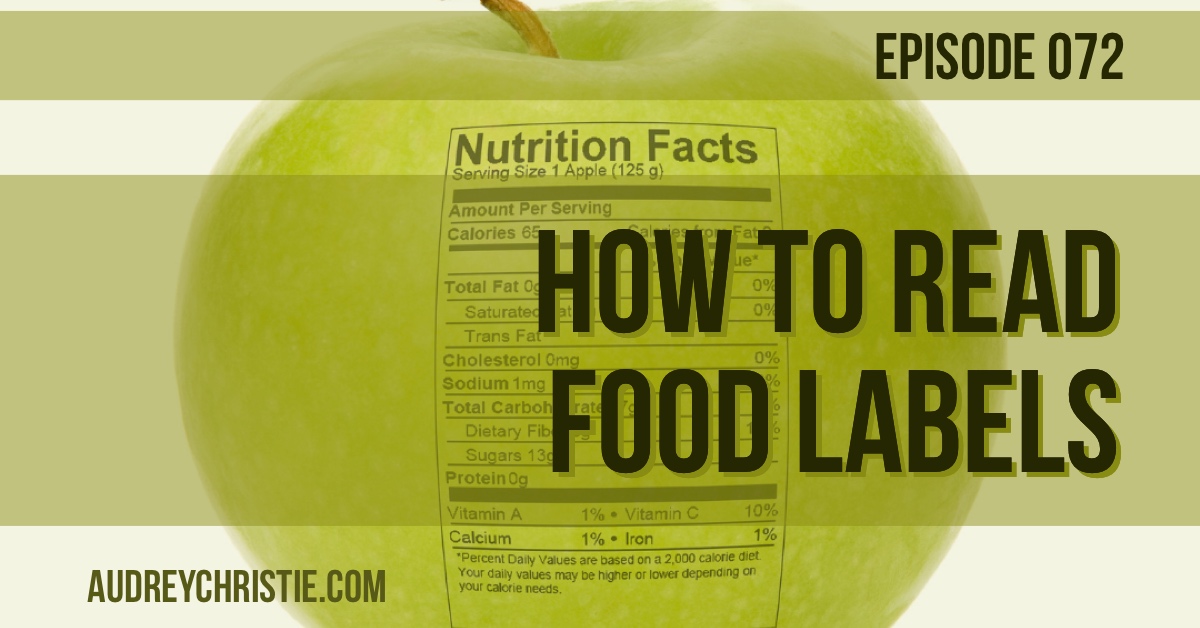Understanding Food Labels: Making Healthier Choices
Learn how to decode food labels to make informed and healthier dietary choices for a better lifestyle.

The Importance of Food Labels
Understanding food labels is a critical step in making healthier dietary choices. These labels provide a wealth of information about the nutritional content of a product, helping consumers make informed decisions. At a glance, you can identify the calorie content, macronutrients, and other essential nutrients present in your food. This transparency empowers individuals to manage their dietary needs, whether they are looking to maintain a balanced diet, lose weight, or manage a health condition. By paying attention to food labels, you can avoid unwanted ingredients like excessive sugars, unhealthy fats, and sodium, which are often linked to chronic health issues. Learning to interpret these labels effectively can lead to better health outcomes and a greater understanding of what you are consuming daily.
Decoding Nutritional Information
Food labels typically include a Nutrition Facts panel that lists the amount of calories, fats, carbohydrates, proteins, and other nutrients per serving. It is crucial to understand what each of these components means for your diet. Calories provide a measure of how much energy you get from a serving of food, and understanding your daily caloric needs can help in weight management. Fats, carbohydrates, and proteins are the macronutrients that supply energy, and their balance is essential for maintaining good health. Additionally, the label often includes information about vitamins and minerals, which are vital for various bodily functions. By learning how to read these sections, you can tailor your food choices to support your nutritional goals and overall health.
Ingredients and Additives
Besides nutritional information, food labels also list ingredients and additives used in the product. Ingredients are listed in descending order by weight, which means the first few ingredients make up the bulk of the product. Understanding this can help you identify foods that are high in sugars or unhealthy fats. Additives, such as preservatives, colorings, and flavorings, are also listed and can be a concern for those with allergies or sensitivities. Being aware of these components is vital for making healthier choices, as some additives may have negative health effects when consumed in large quantities. By familiarizing yourself with common additives and their potential impacts, you can avoid products that may not align with your health goals.
Serving Sizes and Portion Control
One of the most overlooked aspects of food labels is the serving size. Many consumers do not realize that the nutritional information provided is often based on a single serving, which may be much smaller than the amount typically consumed. This can lead to underestimating calorie and nutrient intake. Understanding serving sizes is crucial for effective portion control and maintaining a balanced diet. By comparing the serving size with the actual portion you consume, you can better assess your intake of calories, fats, sugars, and other nutrients. This awareness can aid in managing weight and preventing overconsumption of certain nutrients that could lead to health issues.
Health Claims and Marketing
Food packaging often includes health claims that can be misleading. Terms like "low-fat," "sugar-free," or "natural" are commonly used to attract health-conscious consumers, but these claims do not always mean the product is healthy. It's important to critically evaluate these claims and not rely solely on them when making food choices. For instance, a product labeled as "low-fat" may still be high in sugar or sodium. Understanding the regulations behind these claims can help you make more informed decisions. Always refer back to the Nutrition Facts and ingredient list to get a complete picture of what you are consuming.
Making Informed Choices
By mastering the art of reading food labels, you can make more informed dietary choices that align with your health objectives. This knowledge not only aids in managing weight and preventing chronic diseases but also enhances your overall well-being. Start by incorporating this practice into your grocery shopping routine, gradually becoming more adept at identifying healthier options. Over time, this habit will empower you to navigate the vast array of food products with confidence and clarity. Remember, the key to a healthier lifestyle begins with understanding what you put into your body, and food labels are an essential tool in this journey.